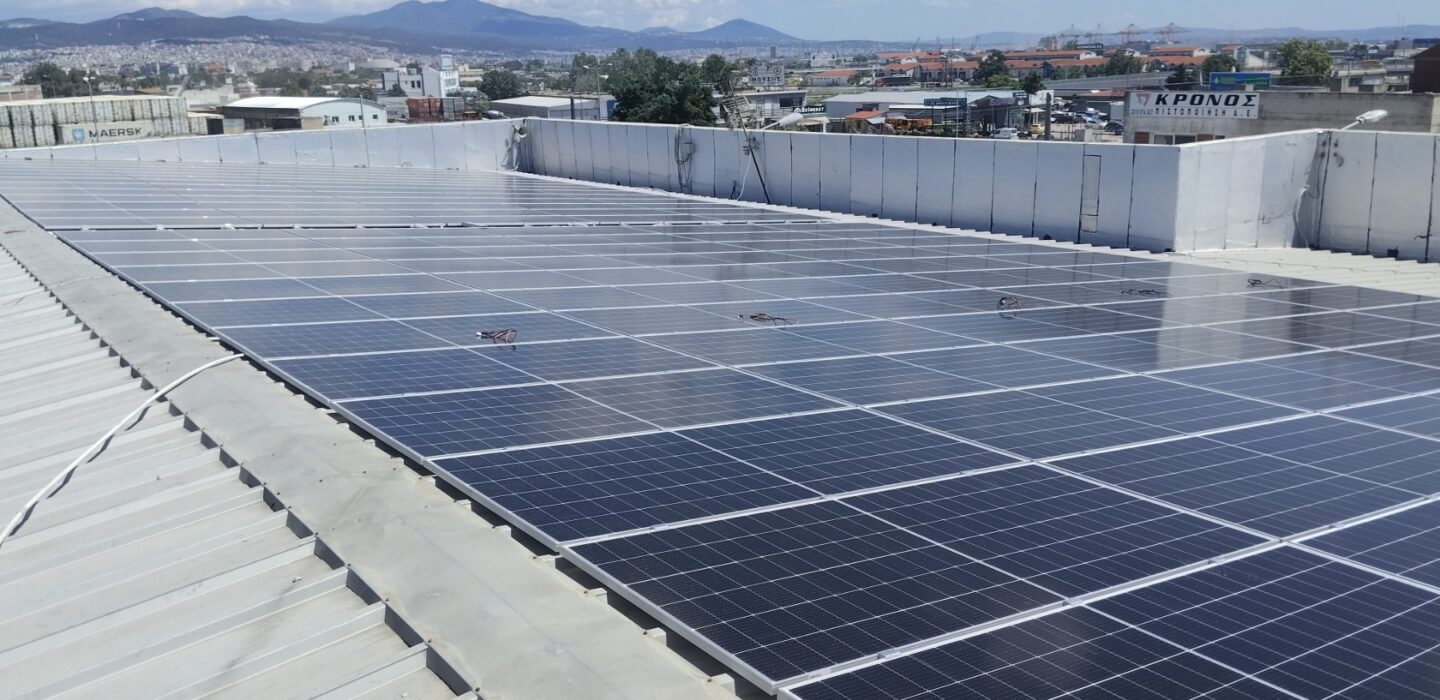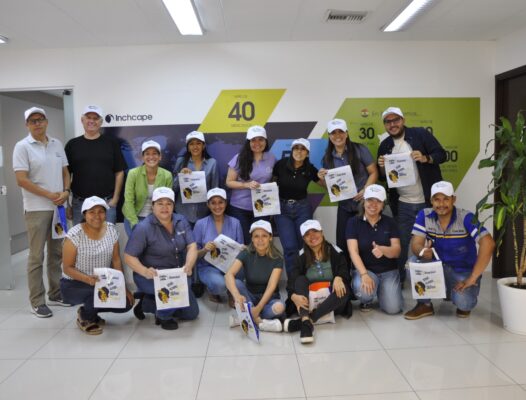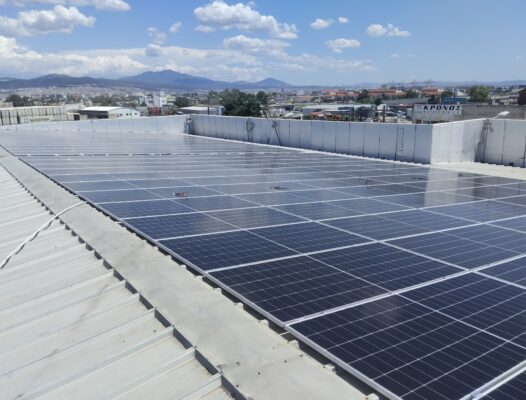Providing the lowest-carbon route to market

With road transport responsible for 15% of global emissions (IEA), the automotive industry is shifting to lower-carbon technologies and stepping up to meet the challenge of reducing greenhouse gas emissions and meet global targets. The vehicles we drive today are far more emissions efficient than they have ever been before, regardless of the powertrain, and as our industry transitions, we’re working to provide our OEM partners with the lowest carbon route to market, supporting them in reaching their own decarbonisation goals.
We’re progressing toward our 2040 net-zero goal and aim to halve greenhouse gas emissions by 2030. In 2024, we reduced annual Scope 1 and 2 emissions by 7.5% YoY, totalling a 37.5% reduction since 2019.
In 2024, we launched five-year programmes targeting key emissions sources, focusing on energy efficiency, electrification, onsite generation, and green tariffs, with tailored guidelines for each market.
Gerald Keane, Regional Sustainability Manager for the Asia-Pacific region, shared: “Our four key Delivery Programmes have been instrumental in helping regions turn ambition into action – providing clear, practical guidance that enabled teams to focus on high-impact areas and deliver meaningful emissions reductions on the ground.”
Let’s take a look at our regional achievements in 2024.

Americas
In the Americas, we achieved a 9% reduction in emissions, driven by targeted infrastructure upgrades and engaging our colleagues with local initiatives. In Chile, energy management systems now cover 70% of energy use and in Peru, a new refrigerant recycling system is projected to cut 100 tonnes of carbon annually. In Bolivia, we launched our Ruta Sostenible programme which turned energy efficiency into a friendly contest, resulting in over 50% savings across our sites.

Asia-Pacific
Across our Asia-Pacific region, emissions were reduced by 9.1%, supported by solar installations, LED transitions and changes in behaviour. In Hong Kong and Macau, LED upgrades and operational improvements delivered 160 tonnes of carbon savings. Guam’s main retail site saw a 7.7% cut in emissions thanks to a large solar system, while solar installed at 18 sites in Australia, contributed to a 22% year-on-year reduction in Scope 1 and 2 emissions supported by smaller, more efficient retail locations.

Europe & Africa
Europe and Africa delivered a 17% reduction in emissions by scaling renewable energy and on-site generation. In Bulgaria, a second solar park established in 2024 now meets 35-50% of the site’s electricity needs, with surplus energy feeding the grid. Renewable tariff switches saved 724 tonnes of carbon in Poland and 231 tonnes in Latvia.
Discover more in our 2024 Sustainability Report.